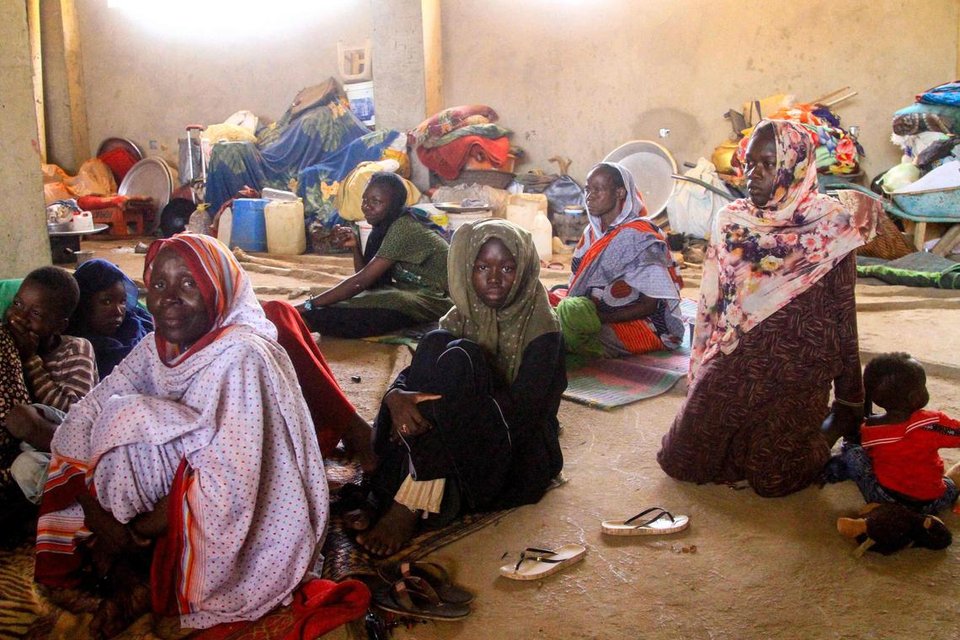The United Nations Refugee Agency (UNHCR) has disclosed alarming new figures indicating that 123.2 million individuals worldwide—equivalent to one in every 67 people—remained forcibly displaced by the end of 2024. This staggering statistic reflects a 6% annual increase, continuing a troubling 13-year upward trajectory in global displacement fueled by conflict, persecution, and human rights violations.
Anatomy of the Crisis
A staggering 73.5 million people are internally displaced within their home nations, constituting approximately 60% of the total and marking an increase of 6.3 million from 2023. Refugee populations numbered 42.7 million, with 31 million under UNHCR protection mandates, 5.9 million Palestinian refugees managed by UNRWA, and 5.9 million requiring international protection. Meanwhile, asylum seekers awaiting decisions reached 8.4 million—a 22% annual surge.
"Modern warfare has cultivated a landscape of profound volatility and human anguish," stated UN High Commissioner for Refugees Filippo Grandi. "Strengthening peace initiatives and sustainable solutions for displaced communities must become an urgent international priority."
Regional Flashpoints
The crisis manifests acutely in conflict zones like Gaza, where UNRWA estimates over 90% of residents (exceeding 2 million people) have been displaced. Sudan’s civil conflict has triggered the world’s largest displacement emergency, with refugees increasing by nearly 600,000 to 2.1 million. Conversely, updated data showed reduced refugee estimates from Afghanistan and Syria.
Historical Context
Since the 1951 Refugee Convention established protections for 2.1 million post-WWII refugees, displacement has escalated dramatically. The 1980s Afghan and Ethiopian conflicts doubled refugee numbers to 20 million by 1990. Subsequent wars in Afghanistan, Iraq, South Sudan, and Syria propelled figures past 30 million by 2021. Russia’s 2022 invasion of Ukraine caused one of history’s fastest exoduses, displacing 5.7 million Ukrainians within a year.
Origin and Return Challenges
Over one-third of displaced populations originate from just four nations: Sudan (14.3 million), Syria (13.5 million), Afghanistan (10.3 million), and Ukraine (8.8 million). While 1.6 million refugees and 8.2 million IDPs returned home in 2024, UNHCR’s Matthew Saltmarsh cautioned that many faced fragile conditions: "Returns to conflict zones like Afghanistan or Syria are unsustainable without stability."
Commissioner Grandi noted limited progress: "Nearly two million Syrians have returned after a decade displaced, yet they require substantial support to rebuild." However, nine in ten returnees went to just eight nations including Ukraine, Myanmar, and South Sudan—regions simultaneously experiencing new displacements.
Though UNHCR observed a slight reduction to 122.1 million displaced by April 2025, Grandi emphasized that the broader trend underscores a systemic global failure: "These figures represent millions of shattered lives. Solutions demand more than humanitarian aid—they require political courage."








Comments (0)
Leave a Comment
Be the first to comment on this article!